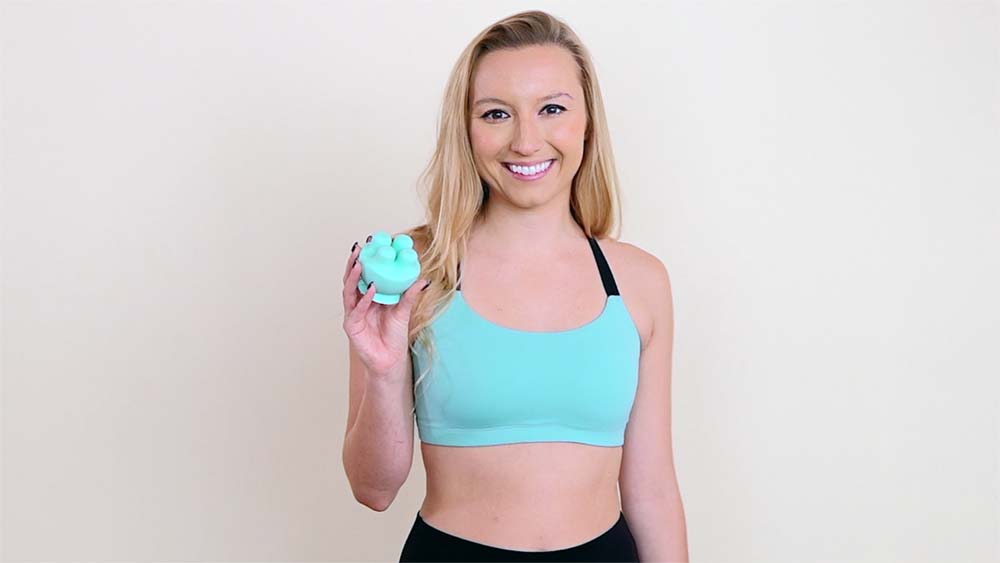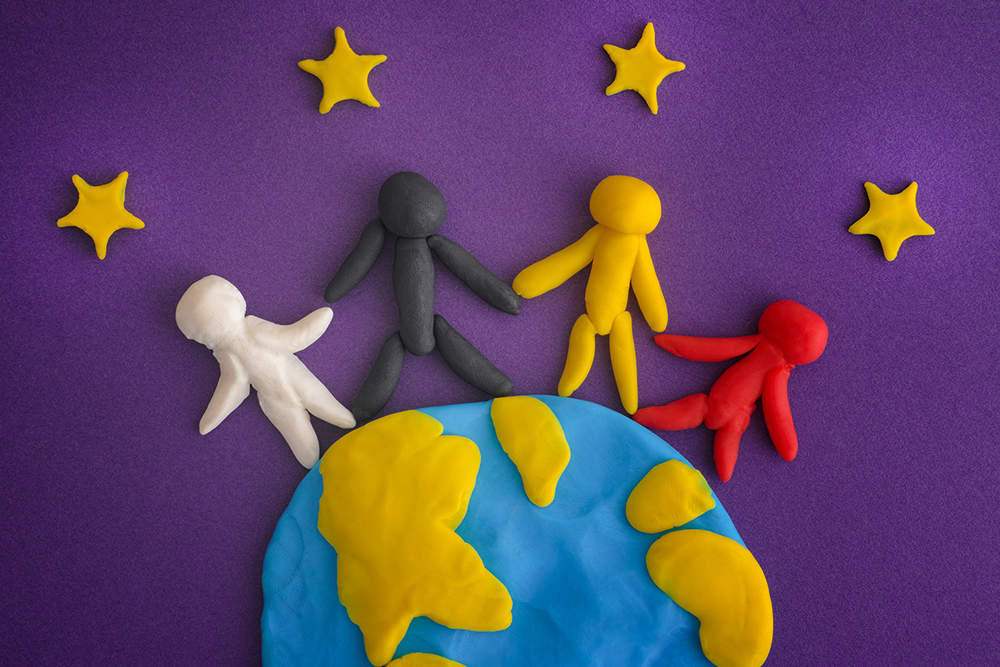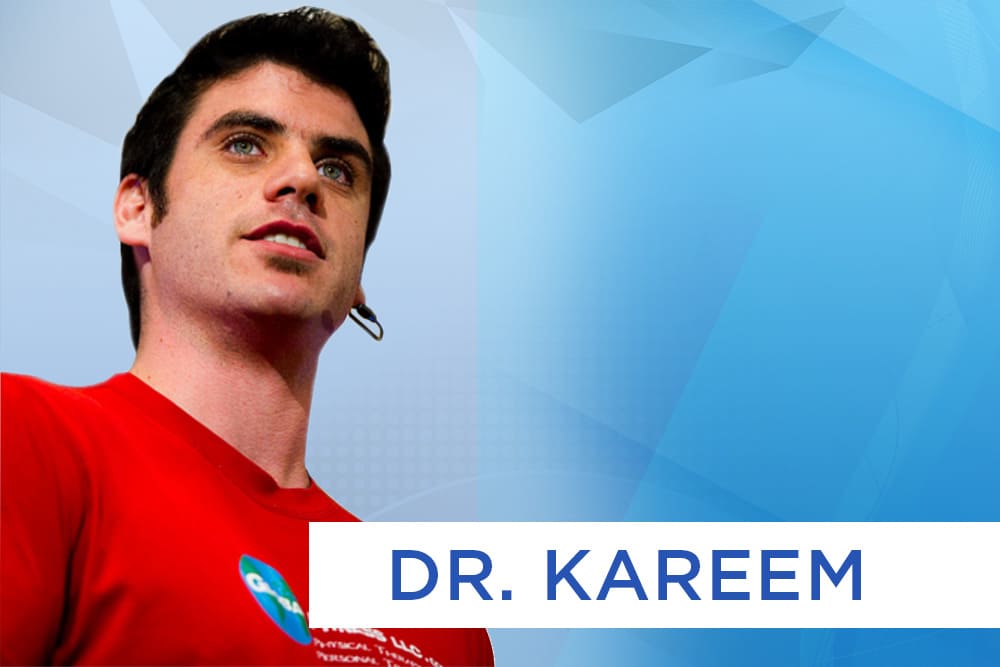There are 3 main types of pain, and each one has a slightly different pain-relief process:
1.) Acute pain – recent onset (last 72 hours)
2.) Residual pain – between 72 hours and 6 months
3.) Chronic pain – 6 months or more
Let’s talk a bit about each one and illustrate a turnkey method to relieve pain in all instances. It’s important to eliminate pain at its source when want long-term, lasting results.
Acute pain occurs when you’ve recently been injured, or your had an inflammatory condition set in. The main issues here are injured tissue and inflammation. The conundrum, of course, is getting rid of the inflammation without losing the healing effect of increased circulation, white blood cell count, etc.
You see, inflammation is actually very important for our bodies… it’s the path towards healing, because all of the cells we need in order to heal rush to the site of injury and start working on it right away. This reaction is automatic in our bodies, but it often takes place in excess of what’s necessary.
By cutting off inflammation within minutes of an injury, you are minimizing your suffering. The best way to do this with most minor injuries is by icing with a wet paper towel directly on your skin and a thin bag of ice (not ice pack) directly on top of the paper towel. This increases conductance of the cold and provides an increased effect.
A lot of people don’t realize that ice is not getting rid of swelling, but it’s cutting it off right where it is. Also, many people think that ice “cuts off” blood flow, but it, in fact, greatly enhances blood flow to an area, making healing much more possible. It’s your blood that carries oxygen and nutrients to heal the injured tissue.
Next, we need to manage the Residual Pain zone, where most people are for a few weeks to months following an injury. This is going to be done by “re-structuring” the body to the way it was before the injury. Essentially, your body wanted to eliminate risk of further injury while it was inflamed and healing through the acute phase. As a result, it shut-down
surrounding muscles that could pull on your injury, re-aligned joints to get out of dangerous position, and re-wired your nervous system to avoid this area altogether.
Now, we need to restore tissue length, improvethe alignment of joints, and then re-organize our nervous systems to remember this position andstart communicating muscle contractions with this area of our bodies again. This is done through repeated releases and re-education exercises. Basically, each time we change anything in your body, we re-teach it how to remember this new position, alignment, length, etc.
This repetitive process quickly eliminates residual pain, because our bodies begin to understand that the tissue tensions they were holding onto are no longer necessary and this bodypart is ready to move, pain-free. In the absence of this “SMART” rehab design, your body will continue to mistake it’s new position as the correct one, and you’ll continue to feel progressive aches and pains in other bodyparts.
This leads me to Chronic Pain relief.
Are you starting to see how your body may end up holding onto pain for over 6 months?
Things progress because the initial insult has not been handled properly. Your body adjusts to injury by helping you get through your day. You’ll learn to create “compensatory patterns,” or patterns of movement that allow you to ignore your old
injury altogether and move from somewhere else.
Unfortunately, our bodies aren’t made to handle this long-term. Choosing muscle groups that are smaller and less capable to do the work for muscle groups that are larger and stronger is a losing proposition.
Instead, we need to teach our bodies to recognize these areas all over again. Simultaneously, we have to integrate full body movements in order to account for
all the other areas of the body that have started to adjust and re-align to protect our old injuries. Many times, this feels totally uncoordinated for awhile, until your body finally recognizes its “old self” again.
Lastly, we need to address the psychosomatic component of chronic pain, which is a real issue. Psychosomatic pain refers to real pain that starts in your mind, rather than in your body. It’s why fear can elevate pain levels and endorphins can produce superhuman strength. Our brains are extremely capable of producing physical symptoms in an effort to help or protect us.
However, after 6 months or more of chronic pain, your brain has a memory of this pain. It will actually continue to confuse you, for at least a month or two, after all the reason for the pain is gone. It’s working to protect you, automatically, from hurting these areas again by sending pain signals that say “back off!” to these old injury sites. Instead of constantly having to assess its environment and determine if something is going to hurt, our brains get very smart and just start saying it hurts without thought in an effort to protect us.
In order to override this pain signal originating in your brain, I believe its necessary to teach a patient how to test and see if the injury still exists. If they can test a bodypart and
create the pain during the acute or residual phase, but the bodypart no longer tests positive for pain, it’s a good bet this is a memory of pain instead. So, we can use our conscious thought process to overcome this memory by correcting ourselves whenever we feel this and testing the bodypart. Essentially, we’re proving to our brains that the pain is gone.







